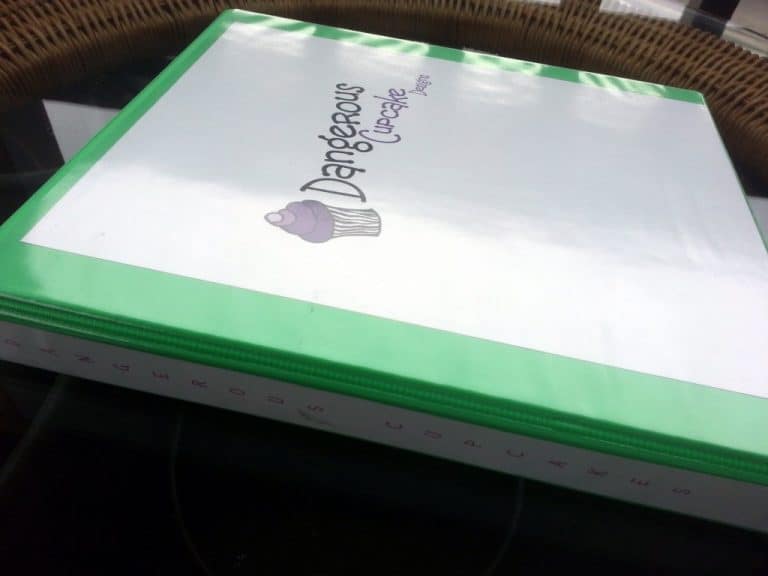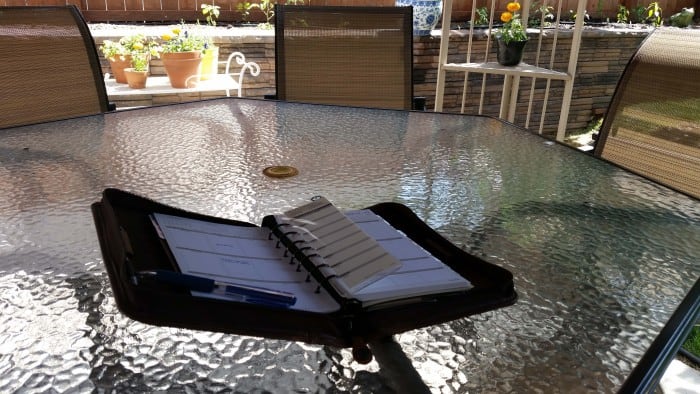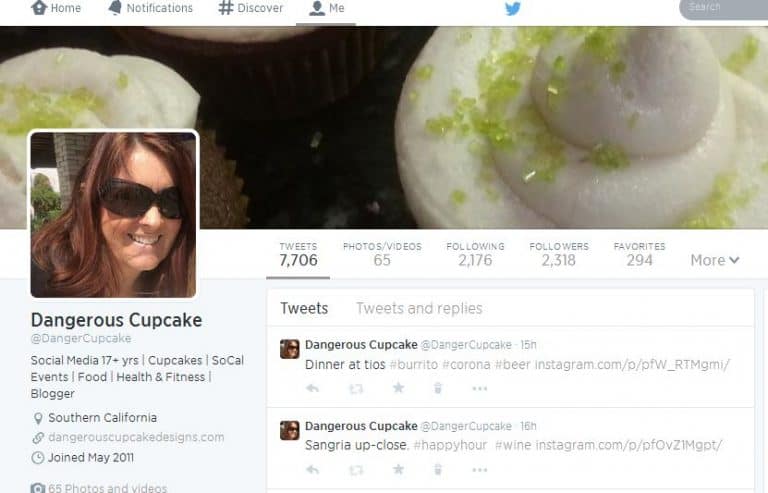Spring Cleaning the Blog: Page Load Times and Organizing
A few weeks ago, I went on a Spring cleaning spree around the house. I was having one of those moments where I felt like things were cluttered and I don’t operate well in clutter. My office and desk have to be clean when I work and I don’t like working in my kitchen if there are a lot of dirty dishes or piles of cooking equipment laying around. It distracts me and makes me feel too crowded, so after realizing my cookbooks were out of order (the horrors) I started in on the whole house. When I was done, it felt fantastic. No more piles, less to dust and I was again surrounded by those things I like the most. I was so inspired that I decided to take it one step further: spring cleaning the blog!
If you’re a blogger, you’ll understand the feeling, but if you’re not, the blog you see is just the finished product. Behind those words and photos are libraries of images, categories, tags, keywords, themes, a code…the list goes on. That all has to be organized. While WordPress or whatever CMS (content management system) platform you use does most of this on its own, we still add things behind-the-scenes every time we make any change or add content. Too much of that stuff and your site can load slow. Slow-loading sites can be traffic killers. If the stuff isn’t organized properly, Google (and other search engines) may not spider, or search, your site appropriately. Without proper management, the best content in the world won’t get the eyeballs on it that it deserves. This is where spring cleaning the blog can make all the difference in improving the reader’s experience and search engine ranking placement, or how high someone’s site will be found on Google. (Some will tell you that if you’re not on the first page of Google, you’re doing it wrong. That’s for another post though.)
I did a long review of the blog and notated my steps, so while your blog may not need the same type of spring cleaning, or tune-up, the basics of what I did may help you prioritize this project and realize it won’t take nearly as long as you thought!
All of this requires you to have access to your blog dashboard. I use WordPress, and I only design WP sites for my clients, so your options may be different if you are not in WordPress, but the ideas are still relevant.
Spring Cleaning the Blog
Categories: There are many different schools of thought on this, but the main ideas are pretty similar in that around 8-10 categories are the most you should have. You can’t rank for everything you’re writing about, and you want people to know your topics without having to hunt around. Two lines of categories can be visually offputting, so fine-tuning the number will also help you choose your category more easily without going in too many directions.
I had 30 categories. 30. I was all over the map! I cut down to 11. It was actually very simple to make this change, though it was a bit time-consuming to make the behind-the-scenes changes. I wrote down the 30 categories I had, and in my WordPress dashboard area, looked at how many posts were in each category. Those with just a few went easily. I decided where it made sense to combine and then created any that I didn’t already have, or changed up the names of existing categories. I then re-assigned those that ended up with no category after I deleted those I was no longer using. (There are many ways you could accomplish this but this is what I found the easiest for my style of organization.) My default category — something you can change in WordPress easily — is Lifestyle, so if it fit nowhere else, it went in Lifestyle. Some people will say going through this process post by post is the best approach, but that was overwhelming to me and I wanted to see that I was getting closer to the goalpost daily. I also had to break all of this up into days’ worth of tasks, so I needed an easier place to stop and re-start. (Categories and Tags are both under the Posts category in the left sidebar of your WP dashboard.)
Tags: These are where you focus people a little more. Categories are like the section in the library, like “cookbooks” and tags are the Dewey Decimal number, like “pasta.” Your categories and tags should be different. More tags than categories is expected, but again, too many and you’ve got too much information. I downsized from 1865 tags (holy tag-schmoly) down to 300. That’s still a lot but it makes sense for a Lifestyle blog that talks about a lot of things.
Unused Images: I didn’t think about this at first, but as I was going through the posts and optimizing my images, I realized that I had a number of images that I couldn’t remember where I’d used them, so I looked and was surprised at how many were uploaded without being used. What a waste of space! Delete. Boom. Done. (These are in the Media section of the nav.)
Image Optimization: Images are a necessary evil for blogging, but they aren’t always easy to work with. I have a subscription service for those photos that I can’t take myself, so whatever you do, do this: make sure you are not just borrowing photos, or stealing them — from anywhere or anyone. If you do not have explicit permission to use a photo on your blog, or whatever website, do not use it. Even if you get it from Google, it’s still a no-no. The cost of a lawsuit because you appropriated a photo you don’t own is high and totally avoidable.
Copyright warning aside — as I’m not an attorney, just someone trying to help educate as I still routinely run into people who think they can use something on their monetized aka commercial website without paying for it or owning it — images need to be optimized to not slow down your blog. I use a compression plug-in, which is a plug-in that’s worth the real estate. If you don’t want to do that, shrink your photos before you upload them. Add alt-tags, things that work with your keywords. And maybe even re-take a few photos that are bad if you have the ability. Bad photos…I still have a few out there in old posts, and I am embarrassed but slowly still fixing them.
So far, so good, right? This is just part one — baby steps. Part two will be up within the next 24 hours. Stay-tuned, as both sets of steps will allow you to get a good grip on your blog, get to know it better and have a faster load time; moving forward from here, you’ll be able to take on other projects knowing you’ve got the foundation all covered. Spring cleaning the blog is something we all should do at least 1-2x a year!






